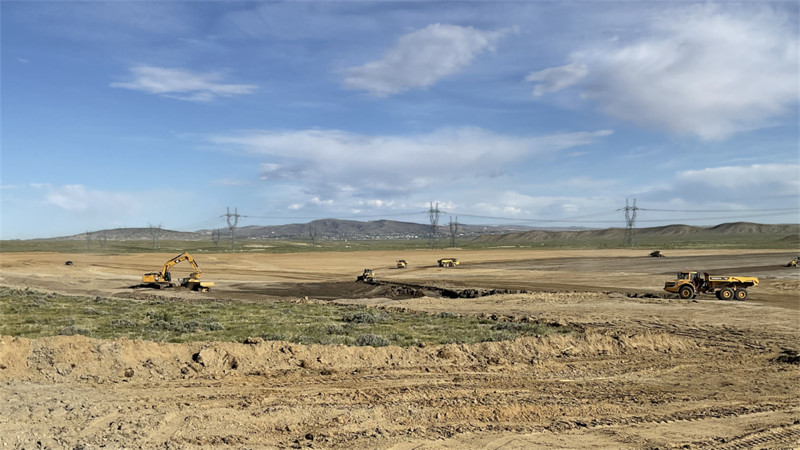Project purpose
The TransWest Express Transmission Project will provide the transmission infrastructure and transmission capacity necessary to reliably and cost-effectively deliver approximately 20,000 GWh/yr of electric energy generated in Wyoming to the Desert Southwest region, which for the purposes of the project is Arizona, Nevada and southern California.
Ultimately, the TWE Project will:
- Broaden consumers' access to abundant and reliable domestic energy sources.
- Help meet increasing customer demand with improved electrical system reliability.
- Provide system flexibility and increased access to the grid for third-party transmission users.
- Expand regional economic development through increased employment and enlargement of the property tax base. (TransWest will pay property taxes in every county the transmission line crosses.)
- Maintain the standard of living associated with highly reliable electricity service
For purposes of electric supply reliability, the TWE Project will be built in accordance with standards developed and enforced by the North American Electrical Reliability Corporation and the Western Electricity Coordinating Council.

Stay informed
![]() Join TransWest's email list to receive periodic updates and meeting notifications.
Join TransWest's email list to receive periodic updates and meeting notifications.
 Follow us on X/Twitter.
Follow us on X/Twitter.
In the news
"A robust transmission grid provides consumers with access to lower-cost electricity. On a severely constrained transmission grid… consumers are forced to rely on local power plants even though plants in other regions can produce power more efficiently and at lower cost."
- AWEA/SEIA Green Power Superhighways report, February 2009